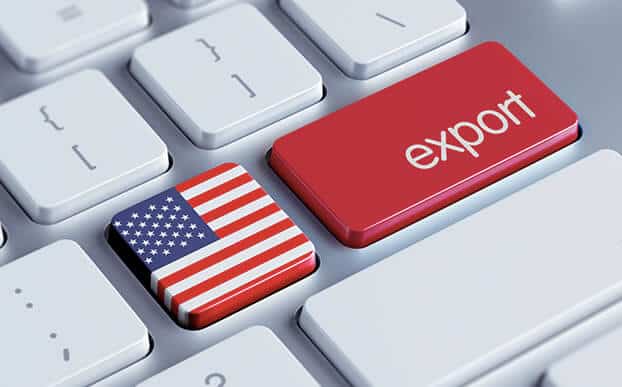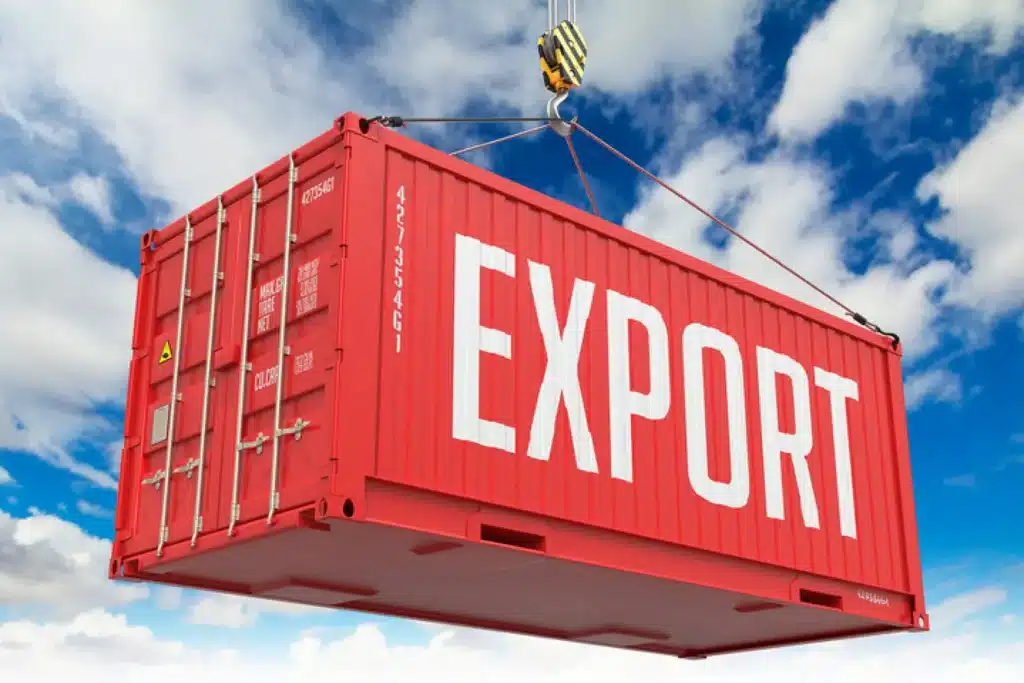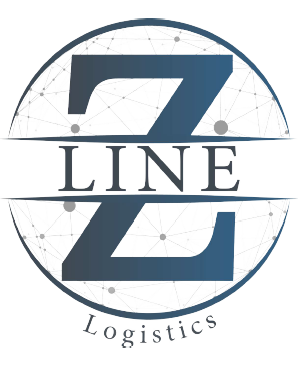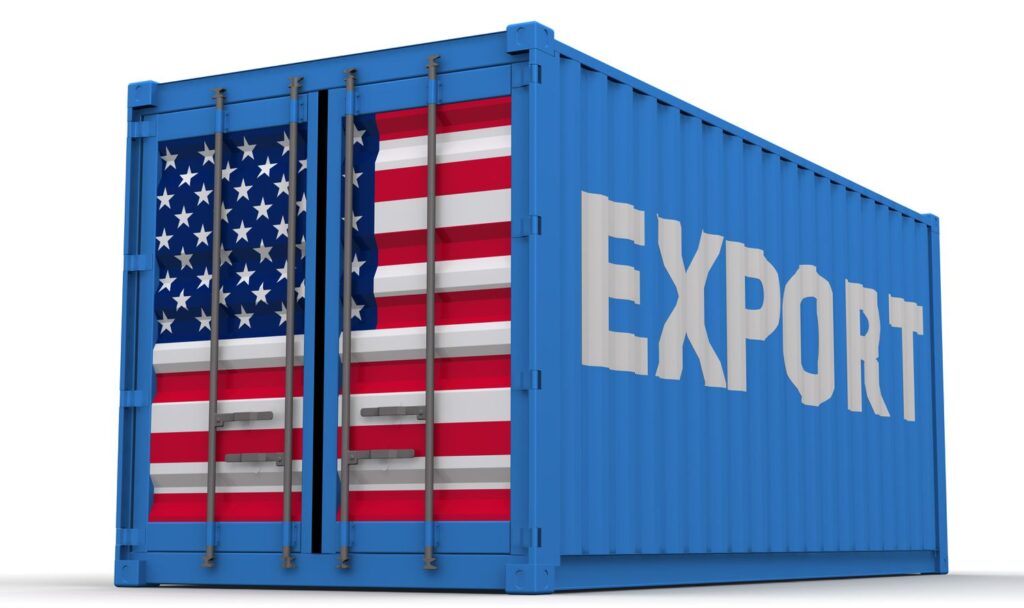Are you dreaming of exporting your products to the United States? It’s a fantastic opportunity, but navigating the complex web of U.S. export laws regulations can be daunting.
This guide will help you understand the key rules, including the types of U.S. Export licenses, and ensure a smooth export process.
Let’s dive into the world of U.S. export laws and regulations together.
Table of Contents
What are U.S. export Laws?
U.S. export laws are a complex web of regulations designed to control the export of goods, technologies, and services to foreign countries.
These laws are primarily enforced by three government agencies:
Bureau of Industry and Security (BIS):
- Oversees the export of commercial items, including dual-use items that can be used for both civilian and military purposes.
- Issues export licenses for controlled items.
- Enforces economic sanctions against certain countries.
State Department:
- Regulates the export of defense articles and services, including military equipment and technology.
- Issues licenses for the export of defense articles and services.
Department of Commerce:
- Controls the export of certain commodities, software, and technology.
- Administers the Export Administration Regulations (EAR), which govern the export of a wide range of commercial items.
Key Export Control Regulations:
- Export Administration Regulations (EAR): The EAR governs the export of a broad range of commercial items, including dual-use items. It classifies items into different categories based on their potential national security or foreign policy implications.
- International Traffic in Arms Regulations (ITAR): The ITAR regulates the export and import of defense articles and services. It covers items like firearms, ammunition, military vehicles, and related technologies.

For more info: The Positive and Negative Impacts of the Amazon Effect on Freight in Dubai
Why U.S. Export Regulations Matter?
U.S. export regulations are essential for several reasons:
- Protecting sensitive technologies and preventing their proliferation to potential adversaries.
- Ensuring that advanced technologies are not used for malicious purposes.
- Promoting U.S. industries and businesses by controlling the export of strategic goods and technologies.
- Maintaining a competitive edge in global markets.
- Using export controls as a tool to influence foreign policy and international relations.
- Promoting human rights and democracy by restricting exports to countries with poor human rights records.
- Preventing the spread of weapons of mass destruction and their delivery systems.
- Limiting access to sensitive technologies that could be used for nuclear, chemical, or biological weapons.
Read more: What are the 4 Pillars of Global Sourcing?
Types of U.S. Export Licenses
The United States government issues various types of export licenses to regulate the export of goods and technology. Here are the primary types:
1. Individual License:
Issued for specific export transactions and requires a detailed application and review process.
Often used for high-value or sensitive items.
2. Validated License:
Used for multiple exports to the same end-user and destination as it reduces administrative burden for frequent exporters.
Typically issued for a specific period of time.
3. General License:
Authorizes the export of certain items without a specific license. General Licenses have specific conditions and limitations.
Examples include:
- GTL: General Technology License
- GTR: General Technology and Software License
- GTF: General Temporary Import License
Read more: Exploring Global Sourcing Advantages and Disadvantages
Best Practices for U.S. Export Compliance
To ensure compliance with U.S. export regulations, consider the following best practices:
1. Know Your Product: Accurately classify your product using the correct Export Control Classification Number (ECCN). Understand the specific regulations and restrictions that apply to your product.
2. Know Your Customer: Conduct due diligence on your customers to ensure they are not on any restricted party lists.
3. Maintain Detailed Records: Keep accurate records of all export transactions, including shipping documents, invoices, and correspondence.
4. Train Your Employees:
Provide regular training to employees involved in export activities. Ensure they understand export regulations and compliance procedures.
5. Seek Expert Advice: Consult with an experienced export compliance professional to navigate complex regulations.
6. Use Export Compliance Software: Utilize software tools to automate export compliance processes and reduce the risk of errors.
7. Self-Disclosure: If you discover a potential export violation, self-disclose it to the appropriate government agency. This can mitigate penalties.

Learn more: Exploring the Difference Between Logistics and Supply Chain Management
To Sum Up the U.S. export Laws
Navigating the labyrinth of U.S. export regulations can be a daunting task. But fear not! You can successfully export your products to the United States with the right knowledge and guidance.
This guide will equip you with the essential information to understand and comply with U.S. export laws.
Understanding the key requirements and staying updated on the latest regulations can unlock the potential of the U.S. export market.
Let’s embark on this journey together and turn your export dreams into reality with our expert consultants at Z Line Logistics and get your shipment exported to the US in no time!
FAQs
- What are US export laws?
U.S. export laws regulate goods, services, and technology to foreign countries to ensure national security, economic interests, and compliance with trade agreements. These laws include restrictions on certain items, licensing requirements, and violation penalties.
- What is required to export from the US?
Exporters must comply with regulations from agencies like the Bureau of Industry and Security (BIS) and obtain necessary licenses, classify products under the Export Administration Regulations (EAR), and ensure adherence to restricted party lists.
- What are the two primary US export regulations?
The Export Administration Regulations (EAR) control dual-use items with civilian and military applications, while the International Traffic in Arms Regulations (ITAR) govern defense-related exports, ensuring sensitive technologies don’t reach unauthorized entities.
- Why does the US have an export policy?
The US export policy protects national security, prevents the proliferation of sensitive technologies, supports economic growth, and ensures compliance with international trade agreements and sanctions.




